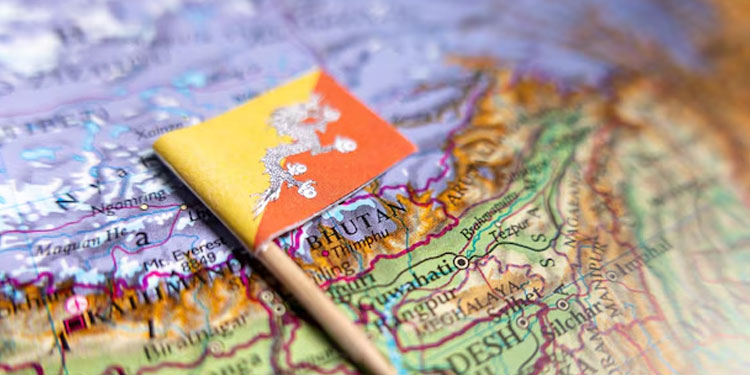Bhutan has officially transitioned its national digital self-sovereign identity (SSI) system from Hyperledger’s Indy distributed ledger to the Polygon Blockchain. This migration marks a significant enhancement in security and performance for the country’s digital identity infrastructure. The nation, renowned for its pioneering approach to privacy-centric decentralized digital IDs, continues to set a model for other countries.
Alongside the switch to Polygon, Bhutan’s biometrics-based National Digital Identity (NDI) is also updating its protocol layer to CREDEBL. CREDEBL is an open-source decentralized identity and verifiable credentials management platform, recognized by the United Nations-endorsed Digital Public Goods Alliance (DPGA). This update aims to improve the NDI’s functionality and trustworthiness as it broadens its use cases, features, and applications.
Enhancing Scalability and Security
Bhutanese authorities had announced the migration to Polygon Blockchain and its zero-knowledge protocols a month prior, emphasizing the need for improved scalability. The transition to Polygon, bolstered by CREDEBL’s protocol layer, is expected to support high transaction volumes and facilitate continuous growth without sacrificing performance. Druk Holding and Investments (DHI), the government-owned company overseeing the National Digital Identity project, highlighted that this shift aligns Bhutan with global open-source security standards and the UN Sustainable Development Goals.
The CEO of DHI, Ujjwal Deep Dahal, conveyed that leveraging the advanced capabilities of Polygon enhances the security and scalability of the platform. This move also fosters innovation and interoperability within the decentralized identity space, opening new avenues for development.
Expanding Digital ID Features
In July, during a conference, various stakeholders, including government agencies, corporate bodies, and the private sector, proposed solutions to further improve the digital ID system. One of the proposed enhancements is the introduction of a voice biometrics feature designed to assist visually impaired individuals. Additionally, the NDI has been testing an improved selfie biometrics feature to bolster security and user experience.
Bhutan’s ambitious plans for its digital wallet were outlined by DHI’s Chief Technology Officer, Jacques Von Benecke, in a previous interview with Biometric Update. The digital wallet aims to function as a single sign-on solution for government services, facilitating data exchange through proof requests and issuing verifiable credentials (VCs). The wallet is also expected to handle complex proof requests, including know-your-customer (KYC) processes and cross-border applications.
Leading the Way in Digital Identity
Bhutan’s migration to the Polygon Blockchain signifies a major step forward in its digital identity system. By adopting advanced blockchain technology and open-source protocols, the country aims to enhance the security, scalability, and functionality of its National Digital Identity. This initiative not only strengthens Bhutan’s position as a leader in privacy-centric decentralized digital IDs but also sets a benchmark for other nations to follow.
The integration of voice and selfie biometrics, along with the development of a comprehensive digital wallet, underscores Bhutan’s commitment to innovation in digital identity management. These efforts aim to provide more inclusive and secure services to its citizens, ensuring that the digital identity system remains robust and adaptable to future needs.
In conclusion, Bhutan’s switch to the Polygon Blockchain, coupled with the adoption of CREDEBL’s protocol layer, marks a significant upgrade in the country’s digital identity infrastructure. The enhanced security, scalability, and innovative features of the National Digital Identity system reflect Bhutan’s forward-thinking approach and its dedication to aligning with global standards. As the country continues to expand and refine its digital identity offerings, it remains at the forefront of technological advancements in this critical area.









